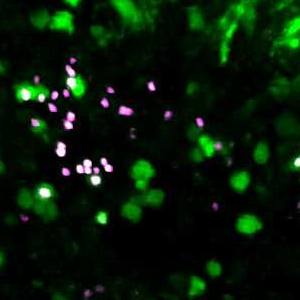-
Living With Cancer: Opioids and cancer pain
 How to use opioids safely
How to use opioids safely
Are you talking with your health care provider about taking an opioid for cancer pain? Opioid painkillers are highly addictive, and they are not safe for some people. Your medical history, family history and personal history of substance use help determine whether opioids are safe for you to try. Now is the time to plan for safe use, storage and disposal of these medications. Practicing caution can mean the difference between life and death.
Treating acute lymphocytic leukemia
Acute lymphocytic leukemia is a cancer of the blood and bone marrow. It's the most common type of cancer in children, and treatment results in a good chance for a cure. Acute lymphocytic leukemia also can occur in adults, though the chance of a cure is reduced greatly. There are several types of treatment for this blood and bone marrow cancer, including chemotherapy, targeted therapy, radiation and bone marrow transplant. Learn more about these treatment options and the four phases of treatment for acute lymphocytic leukemia.
Embryonal tumors
Embryonal tumors of the central nervous system are cancerous tumors that start in fetal cells in the brain. Embryonal tumors can occur at any age, but they occur most often in babies and young children. Signs and symptoms of embryonal tumors vary, depending on the type of tumor; location; severity; and other factors, such as pressure buildup within the brain. Symptoms may include headache, nausea, vomiting, unusual tiredness, dizziness, double vision, unsteady walk or seizures. Learn more about the diagnosis and treatment of embryonal tumors.







